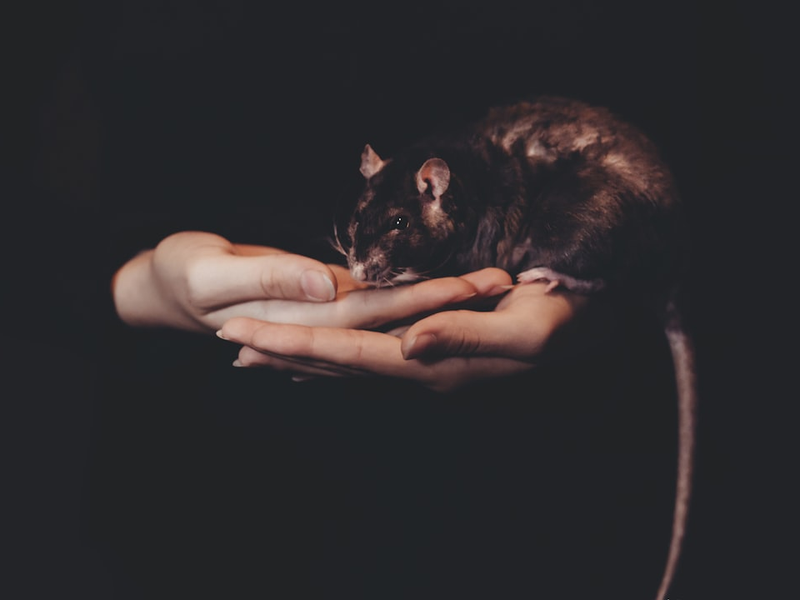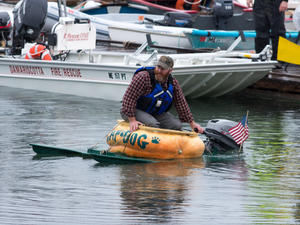Terrier Squad Saves Vallejo From Rat Invasion, One Catch at a Time

Photo by freestocks on Unsplash
When rodent populations spiral out of control, sometimes the most effective solution comes on four legs and a wagging tail. In Vallejo, a local rat problem at the ferry terminal recently met its match through an innovative approach that prioritizes both community safety and wildlife protection.
A team called SCRAT (Sacramento Canines’ Rat Annihilation Team) deployed three trained terriers - Nora, Raven, and Creature - to tackle the growing rat infestation. Led by founder Emily Iniguez, the group strategically used canine hunting skills instead of harmful pesticides, demonstrating a humane and environmentally conscious method of pest control.
Local workers like Ryder Lopez, 19, had been witnessing the extent of the rat problem, reporting up to 15 rats scurrying into bushes during a single shift. The city had already initiated measures including pesticide treatments, sanitation upgrades, and street sweeping, but the terrier team provided a unique solution.
In just 90 minutes during their first intervention on July 25, the terriers caught an impressive 27 rats. By the following Sunday, their total had reached 57 rodents. The community response was overwhelmingly positive, with locals stopping to watch and cheer on the dogs.
Iniguez highlighted the team’s commitment to wildlife preservation, explaining that rat poison can be detrimental to birds of prey. Their approach not only addresses the immediate rat problem but also considers the broader ecological impact.
The success of SCRAT demonstrates that innovative, compassionate solutions can effectively manage urban wildlife challenges. By combining community intervention, trained animals, and a holistic approach to pest control, Vallejo has shown a model for addressing similar issues in other urban environments.
As cities continue to grapple with urban wildlife management, approaches like SCRAT’s offer a glimpse into more sustainable and humane strategies for coexisting with the animal populations around us.
AUTHOR: cgp
SOURCE: SFist
























































